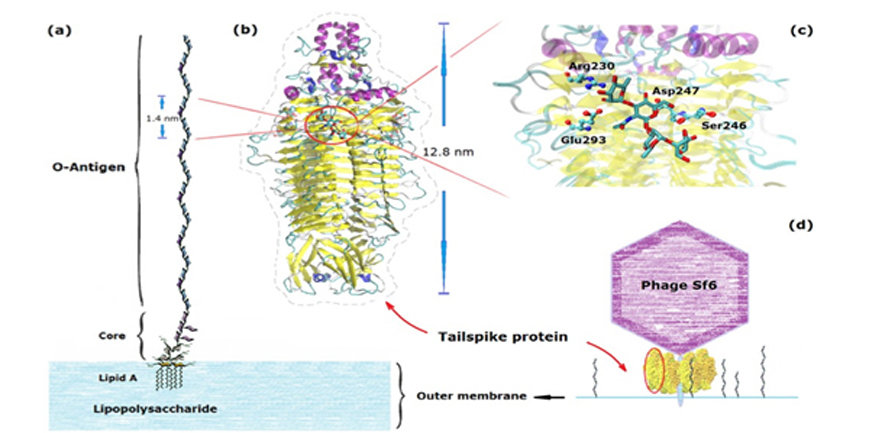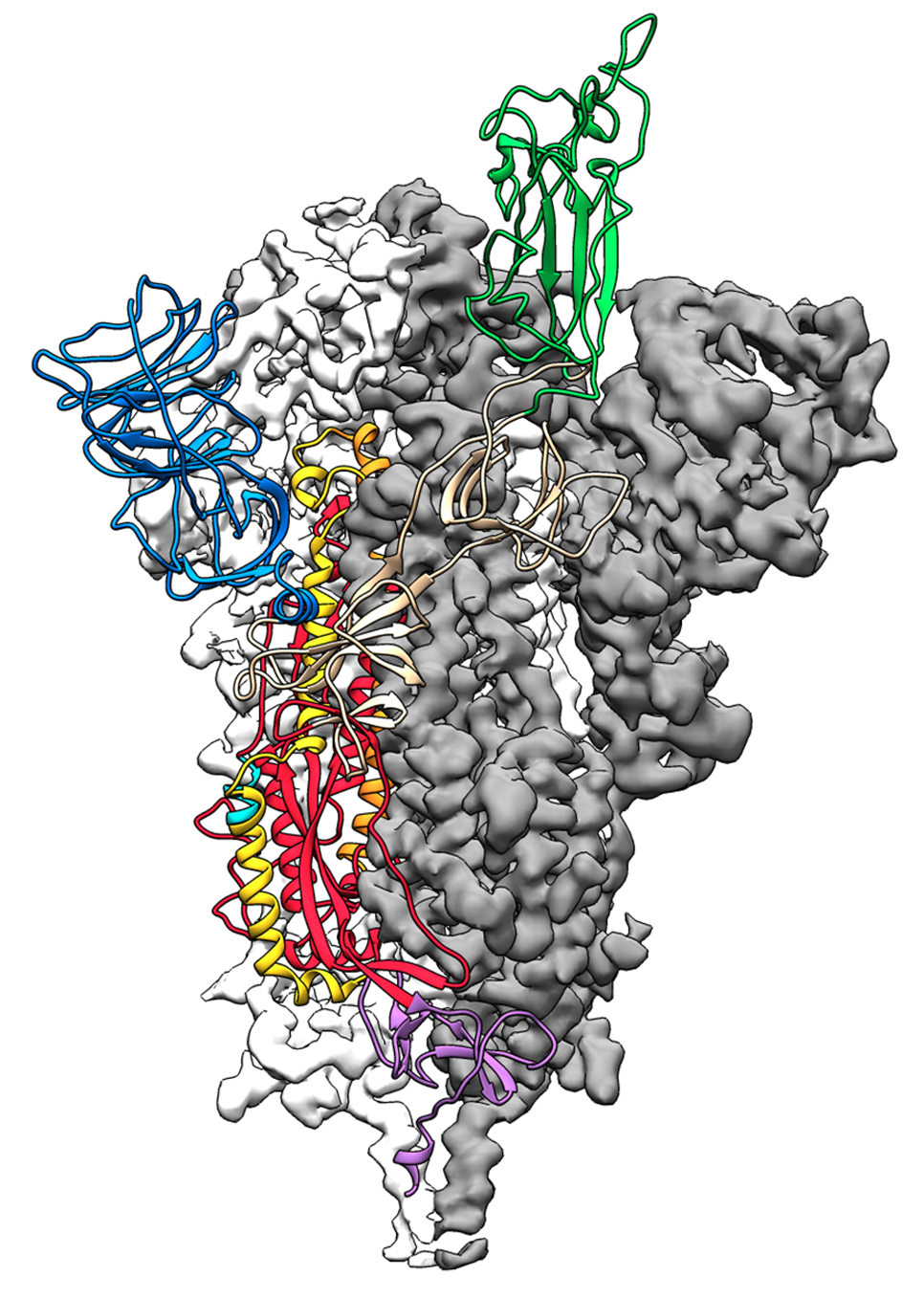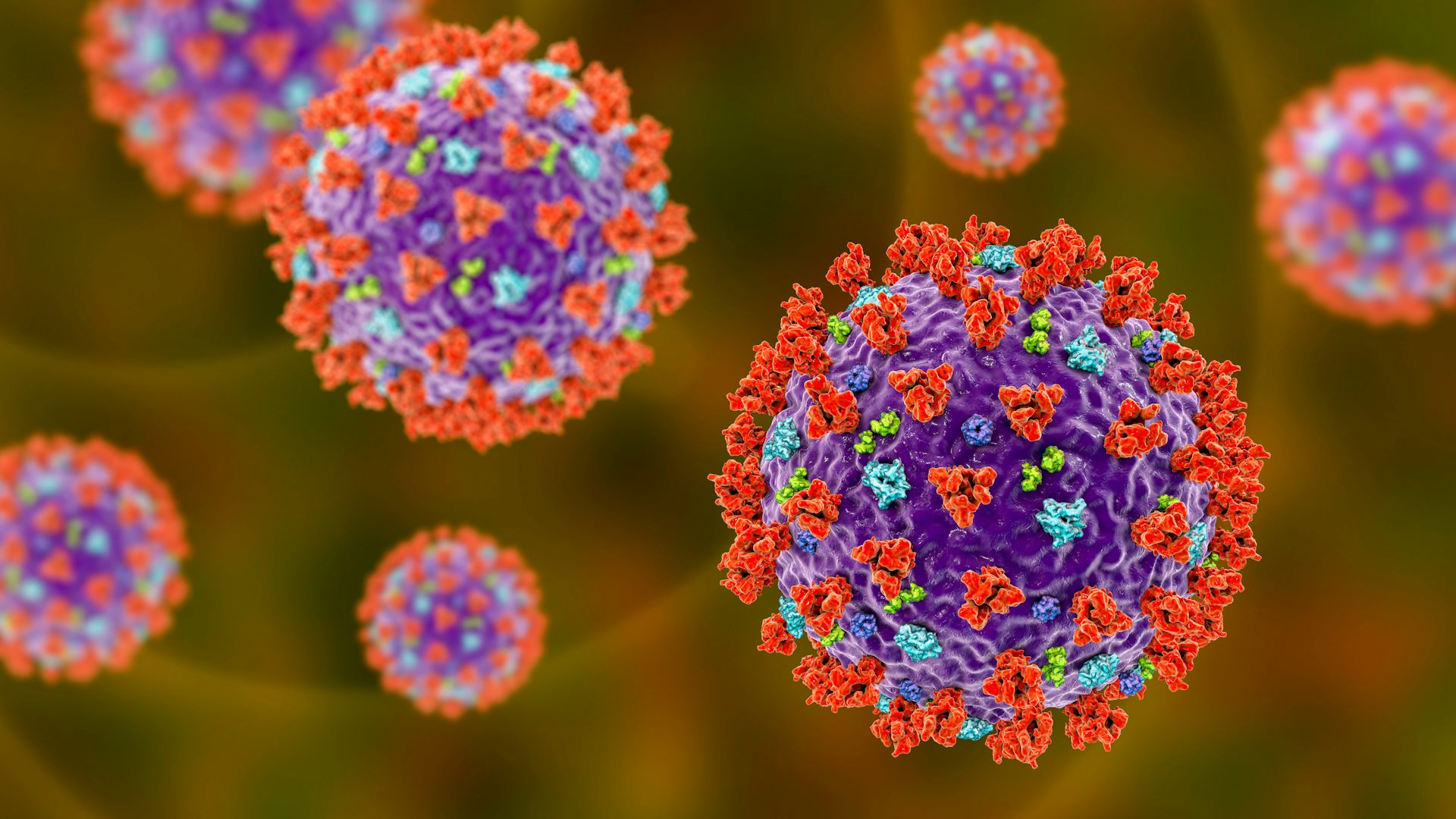

Some people in cancer biology are very interested in it for this reason. In 3D tissue, that means something binding to neuropilin 1 on the top layer of cells could easily reach the middle layers of cells. It also allows molecules to be passed from cell to cell. Neuropilin 1 is a receptor protein found on the surface of many cells that triggers the transportation of the molecules that bind to it inside the cell. What does neuropilin 1 normally do in the body ? ‘I’m trying to understand how a virus opens the door to get inside the cell and take it over at a molecular level.’ Dr Yohei Yamauchi, University of Bristol, UK We identified that protein as neuropilin 1 and it could be this that makes Sars- CoV - 2 so highly infectious in many organs.

But when the furin cleaves the spike protein, it exposes a new sequence which allows it to bind to another host cell protein and hijack its function. The scientific community already knew that Sars- CoV - 2 had at some point obtained the ability to bind with a greater affinity to a receptor protein (a type of protein on the surface of a cell) called ACE2 compared to the S ARS coronavirus. Other pathogenic viruses also have furin cleavage sites on the proteins that bind to cells – HIV, Ebola and Crimean-Congo haemorrhagic fever virus all have them. We had seen this furin cleavage in other viruses such as in the H5N1 highly pathogenic avian flu virus, where it appears in the flu equivalent of the spike protein. At some point this (novel) corona virus obtained a sequence in its spike protein that allows it to be cleaved in two by an enzyme found in its host (humans) called furin. It’s got these specific, unique sequences at the molecular level that allow it to bind to proteins on the cell surface. W e know about the ones that cause S ARS or M ERS. The spike protein really differentiates this coronavirus from previous ones. What caught your eye about the Covid-19 spike protein? The spike protein is also the ideal target for vaccines – both the Moderna and Pfizer / BioNTech vaccines target the spike protein – so understanding it help s to improve them.

Without the spike protein, the virus would have no way of sticking to the surface of cells and infecting them. These spikes are proteins that are like a hook on the outside of the virus particle, which allow it to recognise and bind to human proteins on the surface of cells. The Sars-CoV-2 virus has all these spikes sticking up from the virus particle that make it look like a crown – that is why it is called a coronavirus (corona is Latin for crown). When the genetic sequence of Sars-CoV-2 (the virus that causes Covid-19) was published in February, we immediately recognised part of the sequence that codes for the spike protein. We have been finding that many viruses use the same doors to get into a cell, but open them in their own individual ways. I’m trying to understand how a virus opens the door to get inside the cell and take it over at a molecular level – what cellular proteins and processes are involved.įor several years I have been studying flu and a few other viruses like Z ika and HIV-1 (the most common HIV virus). It is a bit like looking at a building from a satellite – you can’t see the people inside or how they open the doors to get in. When you look at a virus through a microscope, you can only see so much because they are really small compared to a cell.

I’ve always been interested in how cells are hijacked by viruses. Why is the molecular biology of viruses important?


 0 kommentar(er)
0 kommentar(er)
